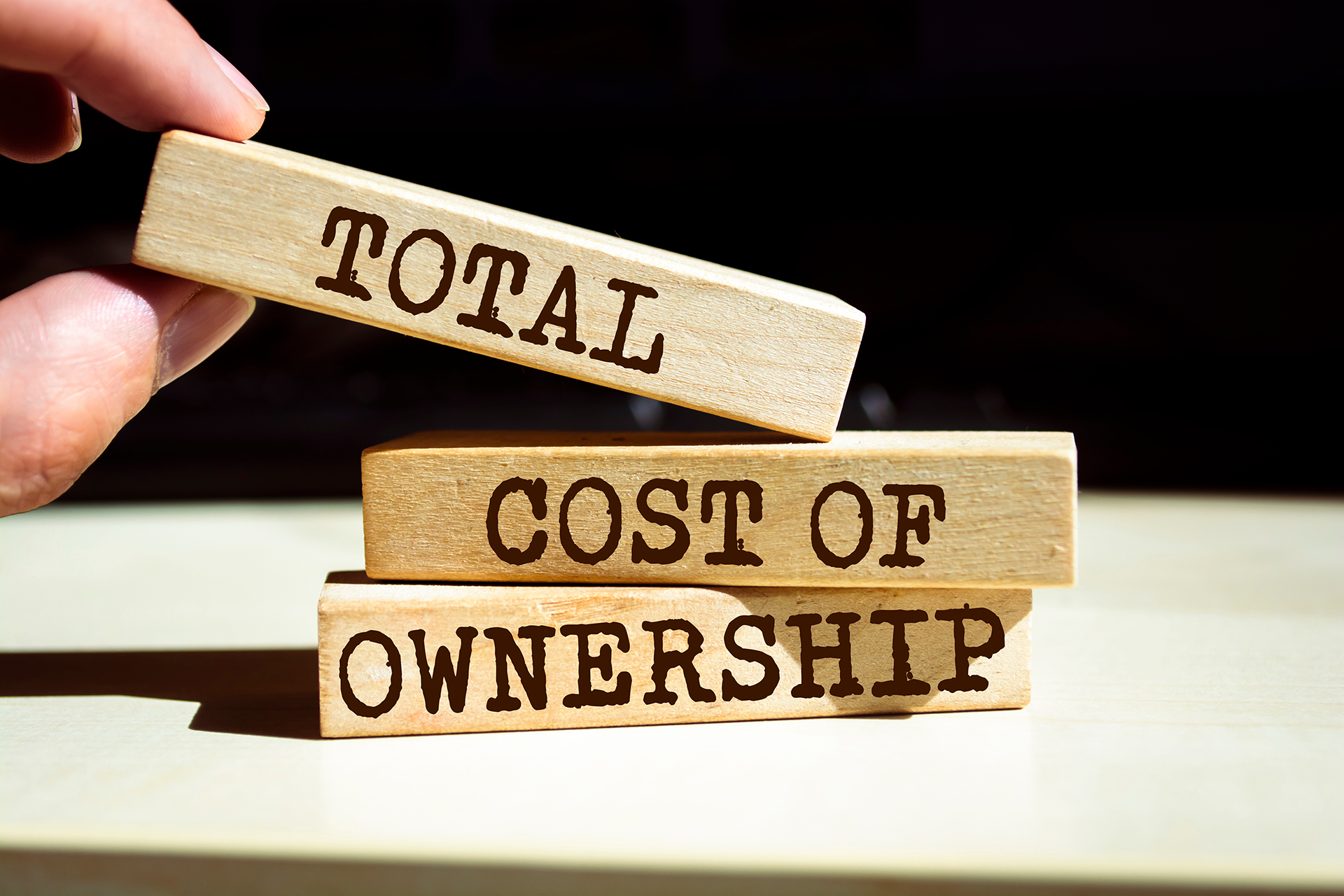The theme of reducing costs and consumption, especially in regards to gas and electricity costs, is now, more than ever, at the center of attention for everyone who works in the catering world.
The impact of energy bills on the balance sheets of activities that work in this particular area is, in fact, very significant; whether it be in the restaurant kitchen, a dark kitchen, a pastry or bakery laboratory, or any other aspect in this sector. In all these contexts, it is impossible to stop using equipment that needs to be powered by gas or electricity. As a result, in the face of increasing energy costs, there is a consequent increase in costs.
It’s precisely for this reason that moving towards using products that make it possible to actually reduce operating costs is becoming increasingly important from a viewpoint of sustainability, both environmentally and economically. It’s business.
When choosing to acquire a new professional electric or gas oven, it is therefore essential to take into consideration not only the initial investment required to purchase the product, but also the total costs that will be incurred over time to keep it functioning and in perfect working order.
Correctly calculating this figure, which is called the total cost of ownership, is essential for making truly informed choices and being able to really save money and resources in the long run.
How to calculate the total cost of ownership of a professional oven
The operating cost of an oven is calculated by the sum of various cost items, which can be summarized in three main categories:
- Cost for energy required to power the oven when it is in operation
- Cost for cleaning activities (water, detergents, and descalers, but also the energy needed to complete cleaning programs)
- Cost for maintenance activities
Keeping all these cost items under control is possible, just as it is possible to achieve an effective reduction in oven consumption. In order to do so, however, it is important to choose the right product which is designed to allow the user to really save money over time.
Lainox’s solutions for reducing consumption
The item that has the greatest impact on the operating costs of a professional oven is undoubtedly the energy consumption of gas or electricity.
This consumption can be kept under control and reduced to a minimum thanks to the use of special energy supply management systems, such as the Lainox SSR system. It’s because of this solution that oven consumption is no longer predefined (as in the case of products equipped with a resistance that can only be switched on or off), but rather, it can be calibrated on the basis of the product quantity to be cooked or heated. This allows for a significant reduction in energy costs as it regulates the power of the oven according to the actual cooking needs, consuming up to 20-22% less energy than a traditional oven.
It is important to underline that the reduction in consumption does not change the performance of the oven and the final result at the end of cooking. The calibration allows you to avoid waste, but at the same time guarantees the quality of the final product.
Cleaning costs can also be an important expense item to keep under control, but you can limit them by operating in a targeted way to reduce the total cost of ownership. The cost of cleaning products and detergents, in particular, can be minimized by using misting systems that avoid waste and optimize the final result, such as the Vapor Cleaning System by Lainox. The vaporization of the detergent allows it to be distributed uniformly inside the oven. In addition, the use of products already in a liquid form allows further savings because it is not necessary to consume energy to dissolve the detergent. Furthermore, Lainox has worked hard to minimize the washing time of its ovens. As a result, not only is energy saved, and therefore money, but it also facilitates the internal organization of the kitchens.
In regards to saving water, Lainox has also studied specific solutions. For example, for combi ovens which require regular descaling and boiler washing operations, the Lainox Cal Out system automatically signals the user when scale level threshold is being reached. In this way it is possible to descale only if it is really necessary, and not at every wash. This easily saves on water, anti-limescale products, and energy.
Finally, as far as maintenance activities are concerned, it is essential to start from the assumption that every intervention needs to be carried out in a precise and timely manner before any malfunctions become evident. This saves not only money, but it avoids potentially serious inconvenience. Saving on unnecessary interventions give you significant cost control.
With this principle in mind, Lainox ovens are designed to promptly identify and report any need for maintenance. In this way, those who use the oven don't have to worry about anything. The oven itself indicates when the time has come to program a particular maintenance activity, thus avoiding all unnecessary interventions and, at the same time, it allows the oven to always work to its fullest potential.
















